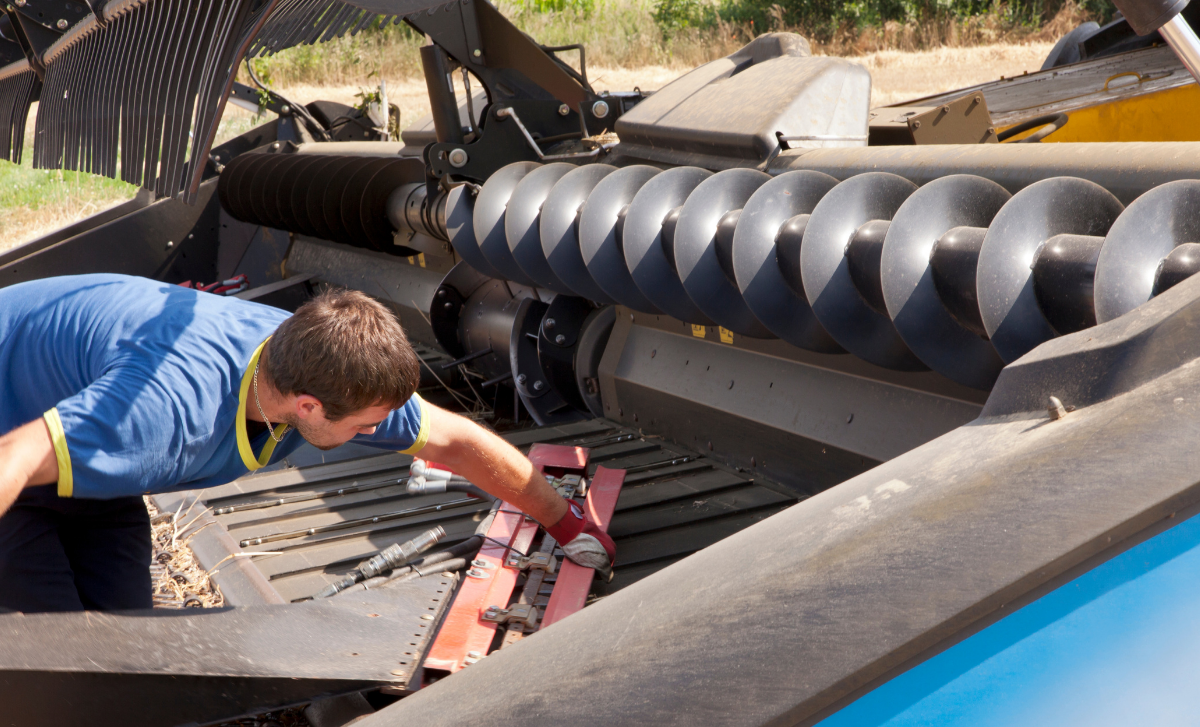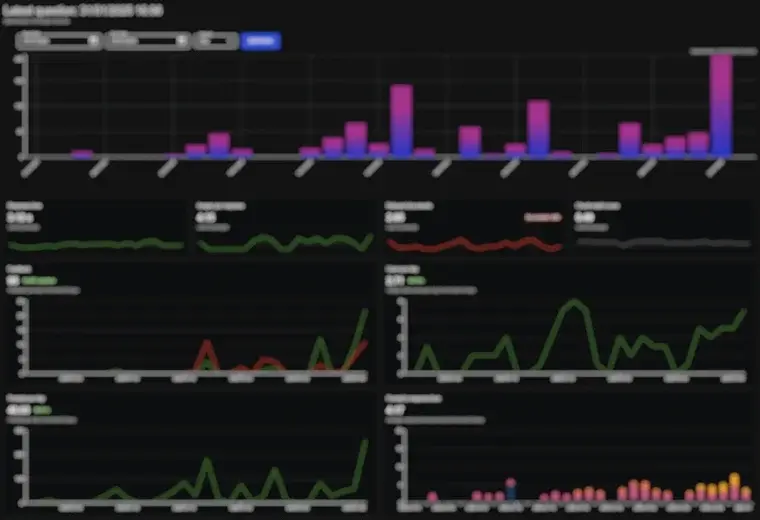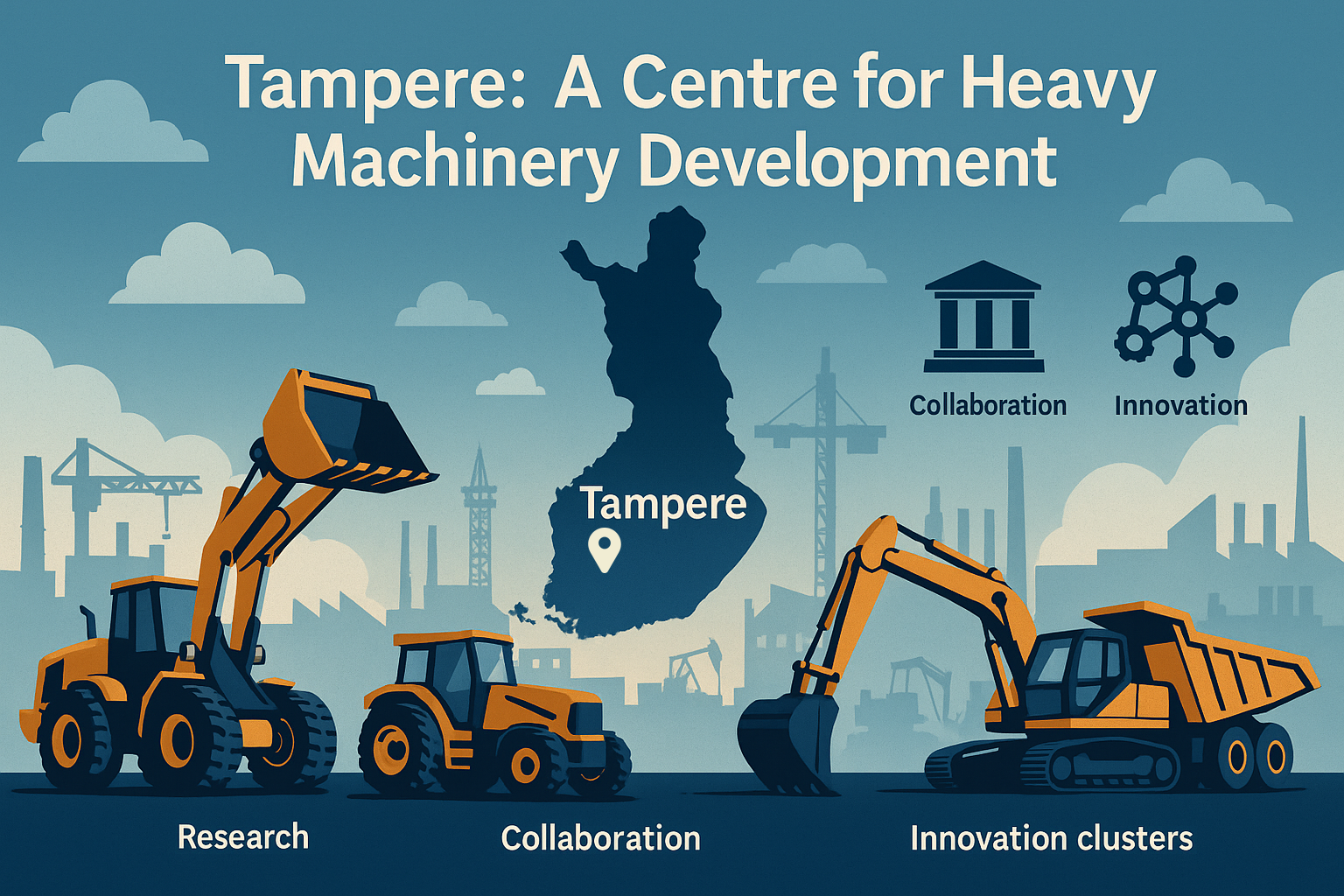95% of Generative AI Pilots Fail – What MIT’s New Report Means for Businesses
Last week, Fortune and many other media outlets covered the findings of a new MIT report on generative AI adoption. The numbers are eye-opening, even...
3 min read
spogen.ai : Aug 13, 2025 12:34:10 PM

When a machine breaks down, the impact goes far beyond just fixing it. Downtime disrupts workflows, drains resources, and introduces safety risks. All of this quickly adds up to significant costs for machinery users and the broader value chain they operate in.
From lost productivity to salaries paid during idle time, to potentially expensive equipment rentals, the consequences of downtime are complex and costly. There’s also an often overlooked cost: reputational harm. Delays and inefficiencies can affect customer trust and future business opportunities. In today’s operations, uptime is one of the most valuable assets.
Our recent survey with professional machinery users confirms that when issues arise, the first instinct is overwhelmingly to try and fix the problem independently. Nearly all respondents use smartphones or tablets in their daily jobs, showing strong readiness for digital tools. The single most common first reaction to problems is “I try to fix it myself” (45% of respondents), highlighting a dominant DIY attitude among users. This self-reliance helps save time, money and, stress, preventing unnecessary calls to dealers or service centers. But even the most experienced operators can only move quickly in familiar situations or when they have timely, clear, and practical support at their fingertips, or a phone call away.
Without the information, or proper assistance, stress levels rise, mistakes happen, and downtime stretches on. In some cases, incomplete or incorrect fixes can even make the problem worse. The challenge is that current support options often fall short when they are needed the most.
Downtime’s cost isn’t just about the repair bill. It includes:
Manuals and documentation are underused too often, left on shelves or buried in folders. This changes with spogen.ai’s Smart Assistant. The solution transforms existing manuals and technical documents into a living, on-demand knowledge base, delivering the exact step-by-step guidance needed for the specific issue at hand. Operators no longer need to dig for information, it comes to them in the right context, right when it’s needed.
By making solutions easy to find and apply, AI-driven assistance saves operators from the frustration of trial-and-error fixes. At the same time, it reduces the volume of calls to customer support, freeing service teams to focus on complex cases rather than repeating the same instructions over and over. Everyone’s time is used more efficiently, and downtime is cut down.
In our survey, users were clear about what slows them down most, and when they’d welcome smarter support:
Their main concerns when facing DIY machinery issues:
At the same time, the most common situations where users saw clear benefit from Smart Assistant were:
Because every interaction with the Smart Assistant can be logged anonymously, there’s a built-in feedback loop for OEMs and service providers. It becomes clear which instructions are used most, which steps may need clarifying, and where gaps exist. This means documentation isn’t static, but can be continuously improved based on real-world use, ensuring it stays relevant, accurate, and genuinely helpful.
When machinery users can solve problems quickly on their own, the benefits spread across the whole value chain: less idle time, lower costs, more confident operators, lighter loads for support teams, and continuously improving documentation.
Our survey made one thing clear: machinery users want to fix problems themselves, but the current support ecosystem doesn’t always make this easy. We close the gap by combining existing technical documentation with AI-driven smart assistance, reducing downtime, easing workloads, and improving the whole value chain.
Empowering users with smarter support isn’t just a nice-to-have. It’s an essential step toward a more efficient, resilient, and future-ready machinery ecosystem.
Read the first part of the series, How Farmers Solve Machinery Problems And What’s Slowing Them Down.
Want to know more? Book a meeting here.

Last week, Fortune and many other media outlets covered the findings of a new MIT report on generative AI adoption. The numbers are eye-opening, even...

This article is the third in our series on insights from spogen.ai’s survey of professional machinery users. In the first part, we looked at how...
